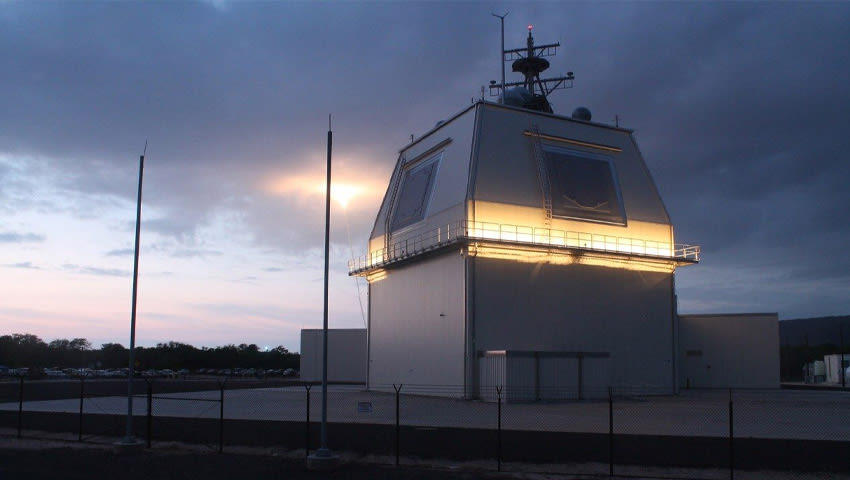John Newman
The Bunker Group
About two years ago when the RAAF received -003, -004 and -005, it was also reported that they had been delivered with Block 3F, and at the same time it was reported that the first two, -001 and -002, had begun the process of being upgraded to Block 3F standard from Block 3i.I notice the first two F-35s haven't been assigned to 2 OCU or 3 SDN. Last I heard the earlier F-35s required some modifications to bring them to the standard of the later versions. I wonder what will happen with them.
To the best of my knowledge all RAAF F-35A are all now Bock 3F.
As to where -001 and -002 will end up, who knows? But they could end up with one of the three operational Sqns or with 2 OCU, but I wouldn't mind having a bet that they may end up being with the ARDU.

Aircraft Research and Development Unit RAAF - Wikipedia
 en.wikipedia.org
en.wikipedia.org
For many many years now at least one or two airframes (of various types), have spent their service life with the ARDU.
Two Mirage IIIs were assigned there, one of the F-111Cs spent most of its service life as part of the ARDU, and I believe there are two Classic Hornets assigned, one single seat and one dual seat.
If the RAAF continues to follow the past (the new PC-21 is now with ARDU), then it's a pretty good guess that one or two F-35A will also serve there too, -001 and -002 would probably be the obvious candidates.
Cheers,

